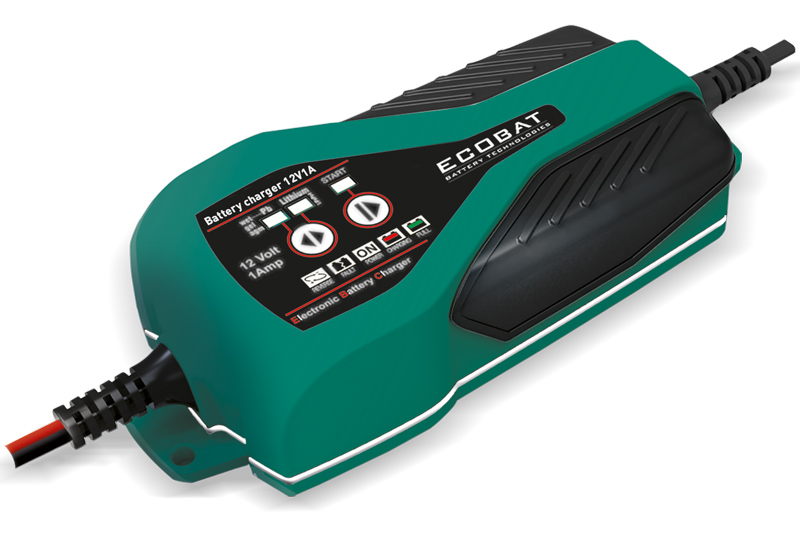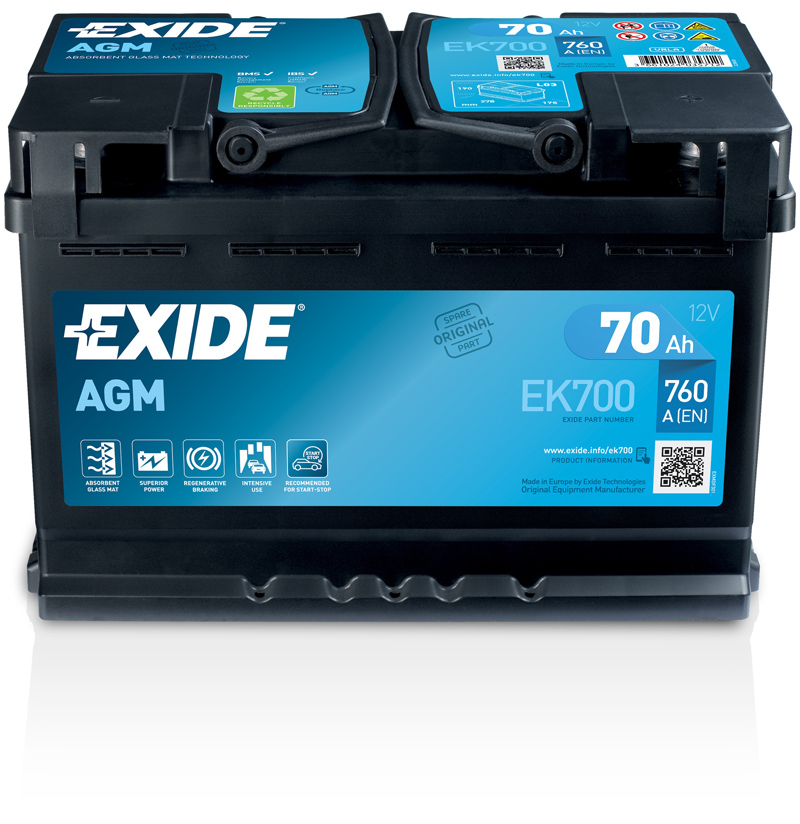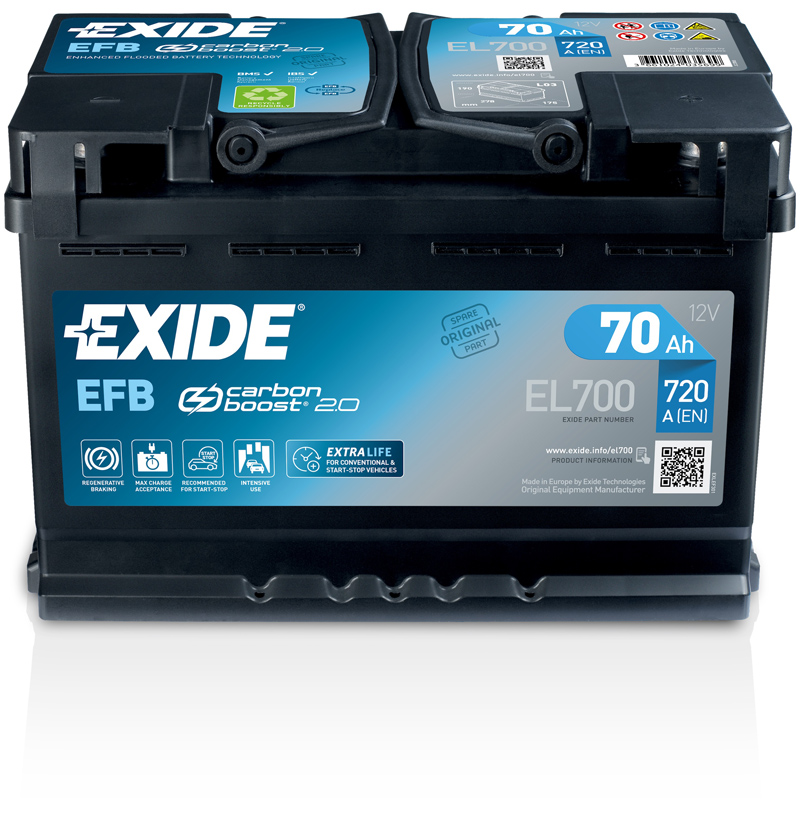
Sometimes technicians need to educate customers on how best to treat their cars and maintain their batteries. Ecobat explains.
Although it’s tempting to take the easy route and just give the customer what they’ve asked for, gently, but directly, pointing out the pitfalls in their thinking, will pay dividends for both the workshop/customer relationship and the profitability of the business, as well as for the long-term reliability of their vehicle.
Many workshops will have been in the position where they have informed a customer that their vehicle’s battery has come to the end of its life and needs replacing and the owner’s immediate response is to say: “I now only use the car for short journeys to the shops just once a day, so I only need the smallest and cheapest battery you have.”
Now, most workshops will know that this customer request is actually the worst option, so it’s important for the workshop manager to be able to explain logically and coherently what is in fact the best course action for the long-term reliability of the vehicle.
First, the manager needs to explain that starting the engine takes a lot of energy out of the battery and that driving the car continuously for less than 20 minutes will not recharge the battery enough to replace the energy used to make that initial start.
So, when it comes to the next start, the battery is less healthy than the day before, which continues in a downward spiral known as battery ‘walkdown’, until it reaches the point when there is simply not enough power left in the battery to start the engine.

It is important to state, that whatever the age of the battery, this issue will not qualify as a warranty claim, as the battery simply needs to be recharged, rather than it being fundamentally faulty. The problem is, however, amplified should the same situation reoccur on several occasions, because the normal lifespan of a conventional starter battery will be significantly reduced if it is subjected to repeated deep discharge. In this situation, even recharging the battery will prove impossible and it will need to be replaced again, which will naturally incur additional cost, exactly what the customer was trying to avoid!
Apart from using the car for longer journeys to sufficiently recharge the battery, a solution that is generally not practical, otherwise the issue in this example wouldn’t have become a problem in the first place, there are two ways to resolve the matter. The first is regular charging, the second to upgrade the battery with a design that is able to withstand multiple deep discharge cycles, both of which are solutions that can be provided by workshops with the assistance of Ecobat Battery.
For those owners that can park on their own drive and have a little practical hands-on aptitude, charging the battery on a regular basis using a modern ‘smart’ charger, such as an Ecobat EBC1UK, will keep the battery in peak condition and is the easiest and cheapest option. However, many motorists are not in this position, so to upgrade the battery is the only sensible alternative.
Conventional batteries will generally be available in three categories – budget, value-for-money or top-of-the-range – so given this scenario, the recommendation should always be to go for the very best, in as large a capacity as is practical. However, there are also some even better options, particularly if the owner plans to keep the vehicle for the longer term.

Although most members of the trade will be familiar with absorbed glass mat (AGM) and enhanced flooded battery (EFB) batteries, which are the original equipment fitment for micro-hybrid vehicles with a start/stop system, many motorists are not. However, the two great advantages of these battery designs are the ability to withstand deep discharge, which is the cause of the problem in our example, and the capacity to make hundreds of thousands of engine restarts, meaning they will also provide a long service life.
The onus is therefore on the workshop manager to explain that, although the advanced technology in these designs obviously comes with a cost, despite being more expensive than a conventional battery, the AGM/EFB alternative provides reliability and peace of mind, with has a much higher value. It also becomes a more cost-effective option for the owner when they consider the service life it will provide, during which it’s likely they would have had to replace a conventional battery again anyway.
In short, the message is to spend a little more now, to save a lot more in both money and aggravation, in the long run.









